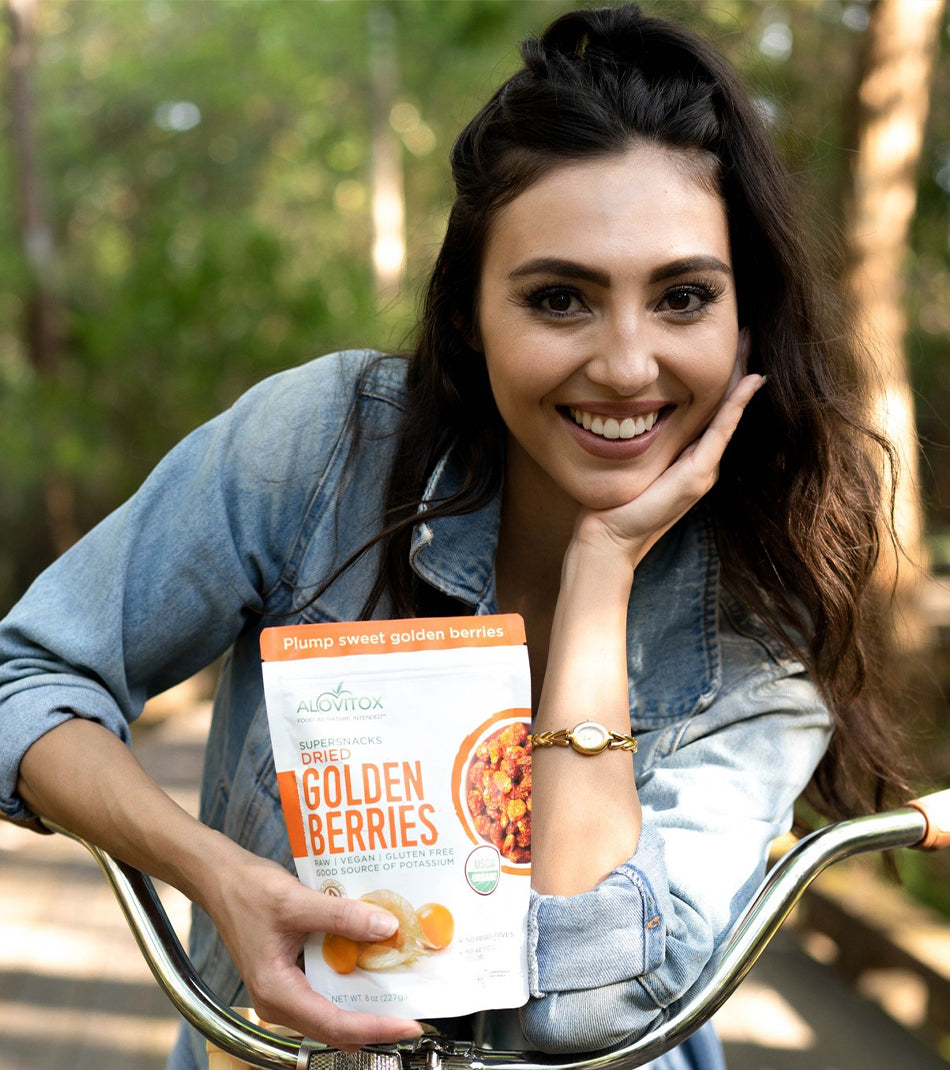Mulberries for Toddlers? Pregnant Women? Adults? | ALOVITOX®
White mulberry, botanically known as Morus alba, is a medium-sized tree with a relatively short lifespan. But you better believe that they make the most of their short life – they produce some of the sweetest candy nature has to offer!
In the western world, we have blackberries, blueberries, raspberries and even kiwi berries – but have you ever had a mulberry?
The mulberry fruit has been used for thousands of years in China and throughout Europe. Originally cultivated in China as a nutrient-dense meal for silkworms, as they needed their silkworms to be strong and healthy to produce enough silk to meet demand. <3> Eventually the leaves of white mulberry became a traditionally used medicine in China to treat diabetes and tonify the blood. <1>
They are one of the few fruits that have a considerable protein source. Not only that, but they’re also a great source of iron, calcium, vitamin C, magnesium and even potassium. Scoot over, bananas! High in fiber, low in fat and sugar, this chewy dried berry is a no brainer for anyone who wants to snack sweet without feeling guilty about how much they eat.
White mulberries also have resveratrol, a phytochemical you’ve probably already heard of in red wine. Resveratrol is thought to have a positive effect on heart health. A study on the resveratrol and antioxidant properties of underutilized fruits found that consumption of mulberries could “help fight against heart related diseases and cancer and hence has a tremendous scope for development…” <2>
So we know that white mulberries are little sugar bombs of greatness – but who exactly can enjoy them?
Are mulberries safe for pregnancy?
What about for toddlers and kids?
Should those with diabetes be eating mulberries?
We’ve got the answers!










